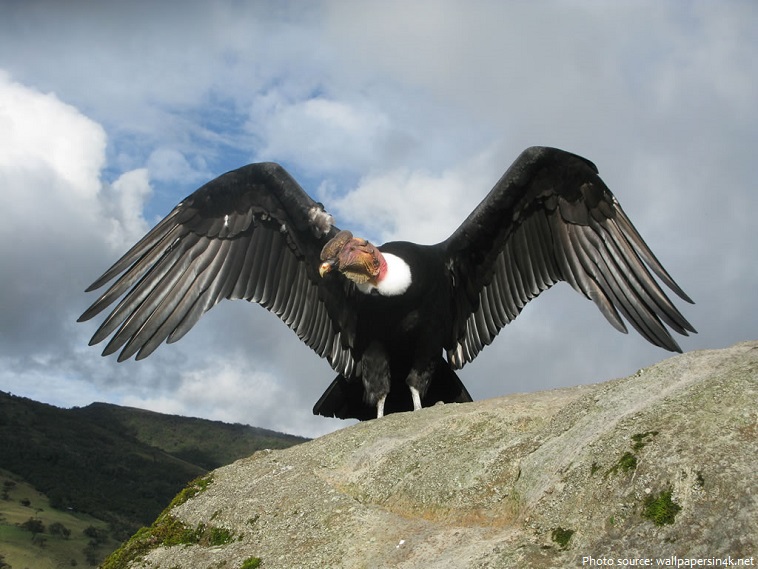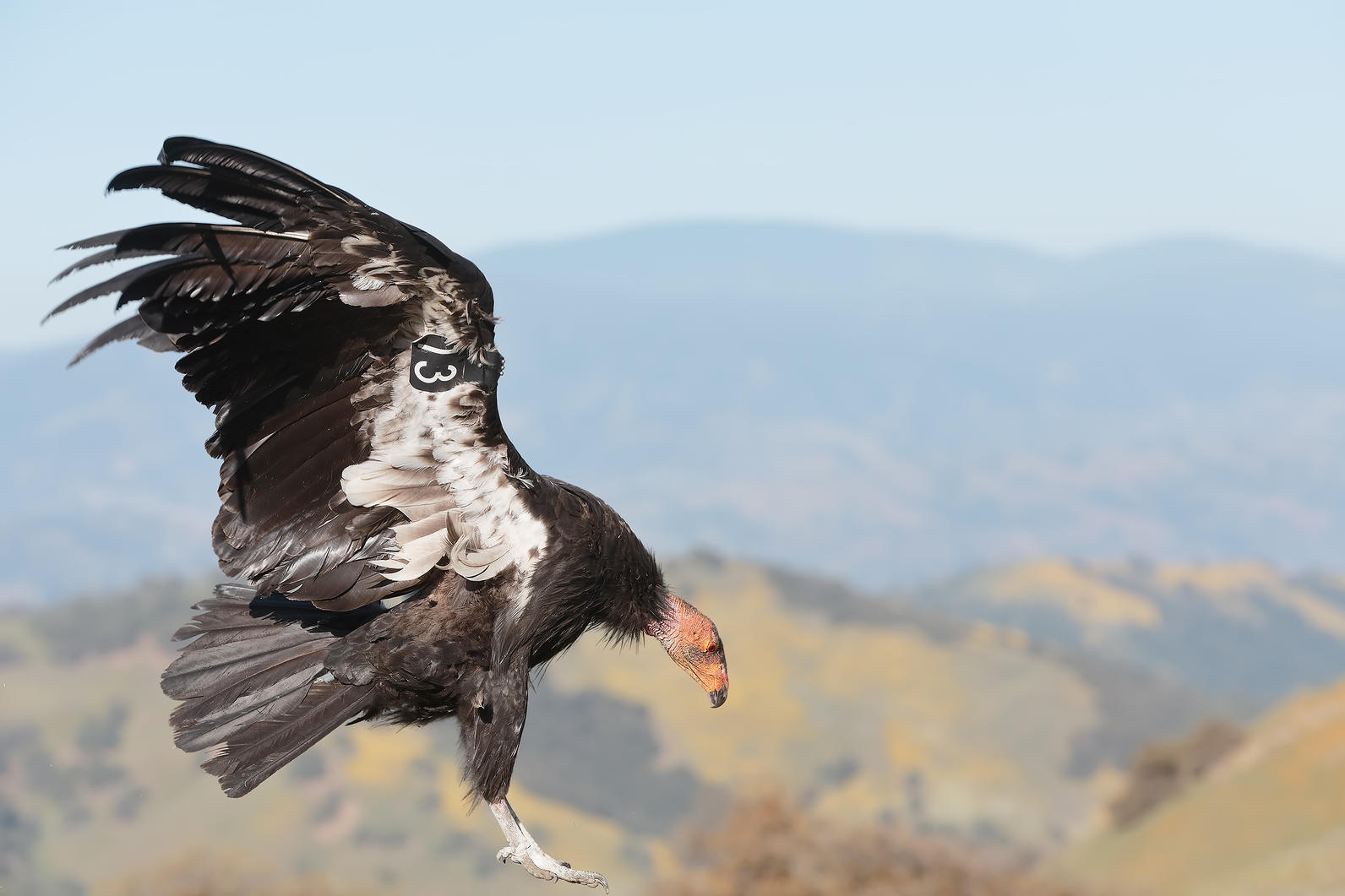
Grisonas remains one of the many disappeared whose fate remains unknown to this day.

The Argentine military killed their father, Mario Roger Julien, and Grisonas and her children were taken to the Orletti torture center. The two children were kidnapped in Buenos Aires with their mother, Victoria Grisonas, who was a member of a left-wing Uruguayan political party. The reconstruction of their case reveals how Plan Condor was carried out and is an almost unbelievable story. They had disappeared from Buenos Aires, 1,500 kilometers away, three months earlier. The two Uruguayan children appeared alone in a public square in Valparaiso, Chile, in December 1976. In her book, Lessa recounts-among many other examples-the story of Anatole, four years old, and Victoria, only 18 months. The methods used by Condor operatives included some of the most horrific tactics of state terror seen in recent history. Instead, they perpetrated a proactive and systematic plan to kidnap, torture, kill and disappear political, social, trade-union, and student activists, and with them, eradicate left political thought throughout the region. The Condor Trials show that Latin American dictatorships were not merely reacting to what they considered significant political threats to their power.
#THE CONDOR TRIAL#
Her research, rooted in extensive fieldwork and interviews, trial ethnography, and archival research, documents the operation’s strategy and the role that it played in the destruction of the political and social fabric of the South American Left. In The Condor Trials, Lessa describes the network created by Plan Condor across the region and follows its evolution throughout the 1970s. government, through the CIA, also provided technology and expertise. The aim was to eradicate any trace of leftist, communist, and Marxist ideology. Participating military powers exchanged valuable information about “subversives ” in their countries, revealing their locations and identities. Its foundational act was signed in 1975 in Santiago by intelligence representatives from Argentina, Bolivia, Chile, Uruguay, and Paraguay, and Brazil later joined the agreement. Through coordination between governments, their respective intelligence agencies, and the FBI, the identification and targeting of left-wing activists went transnational. In the Southern Cone, Plan Condor was a U.S.-backed strategy to counter the spread of leftist ideas by attacking activists across six countries.


Francesca Lessa’s new book, The Condor Trials: Transnational Repression and Human Rights in South America, explores this and many other cases, some of which have finally led to criminal prosecution almost four decades later. “I keep replaying those two hours in my memory in an attempt to remember them,” he said. In a 2006 interview, Sandro described the last few hours he spent with his father in detention as the longest of his life. The children and their mother were eventually released, but their father and his comrades remain missing. Sandro’s family was taken to the clandestine Automotores Orletti detention center, a car dealership that had been rented by the Argentine military and turned into a torture complex. But in March 1976, a military junta also took over the government in Argentina, and the country became the epicenter of Operation Condor, a scheme hatched by right-wing militaries across the Southern Cone to capture, imprison, torture, and kill leftist militants. Sandro, his parents, and his two siblings (ages three and six) fled to Buenos Aires after the 1973 military coup in their home country. Uruguayan Sandro Alberto Soba was kidnapped with his leftist activist parents in 1976 when he was eight years old.


 0 kommentar(er)
0 kommentar(er)
